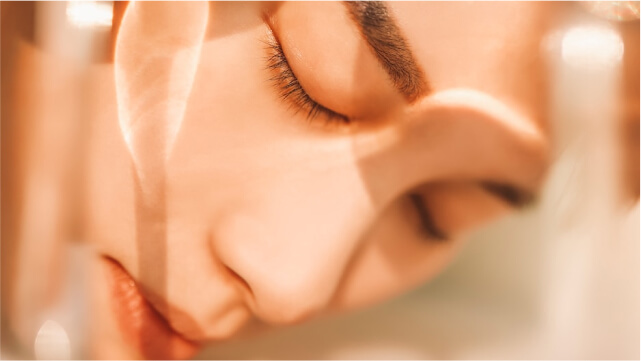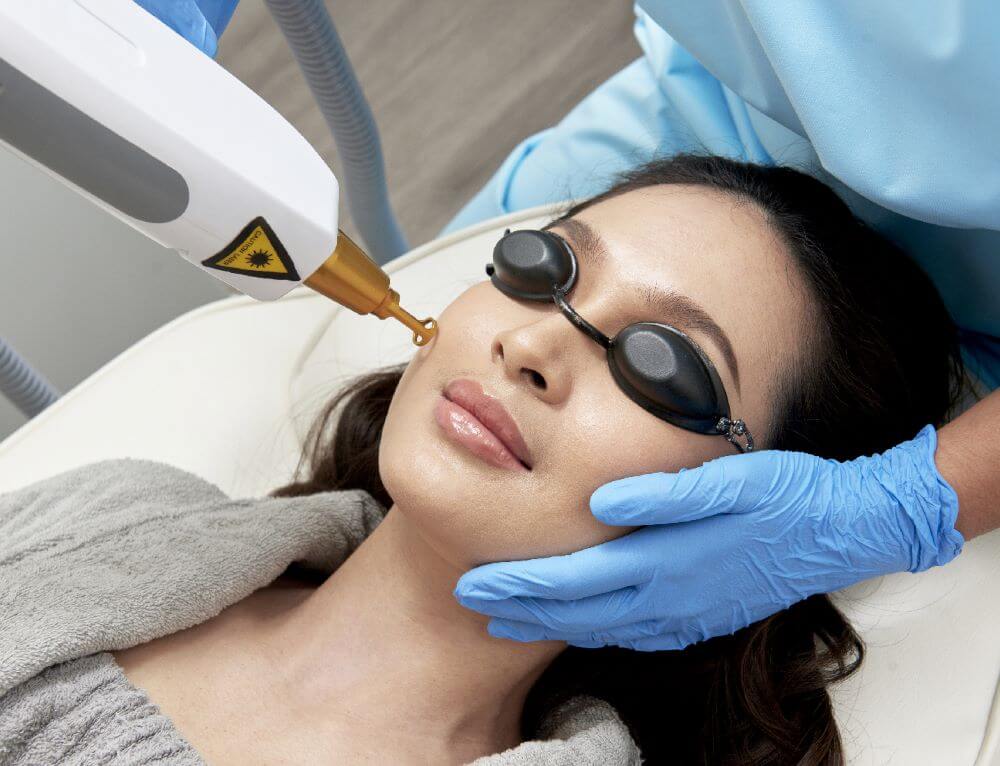Pockmarks, or indentations on the skin that resemble holes, are a condition caused by acne scars, according to Medical News Today.
Acne, which commonly occurs during puberty due to hormonal changes, is one of the main causes of pockmarks. Acne breakouts caused by clogged pores due to excess sebum can result in pimples, which may later lead to pockmarks.
Pockmarks form when the dermis layer of the skin is damaged and the body produces excess collagen during the healing process. However, this can result in scar tissue forming in the surrounding skin, making pockmarked acne scars more visible than other types of scars. In some cases, facial pockmarks can also cause uneven skin texture and color, leading to decreased self-confidence.
Here are some ways to prevent or manage pockmarks caused by acne:
1. Use Natural Ingredients
Applying natural ingredients to the skin can help treat acne scars, according to a report from Medical News Today. Some examples include fenugreek oil, which can even out skin pigmentation; rosewater oil, which can reduce discoloration in post-inflammatory scars; honey, which can promote wound healing and reduce scar tissue; and aloe vera, which can aid in the wound healing process.
2. Skincare
Using skincare products that contain certain ingredients can help reduce the appearance of acne scars.
Look for products that contain salicylic acid, which helps unclog pores and remove dead skin cells; retinoids, which can help fade acne scars, reduce inflammation, and promote skin cell regeneration; and alpha hydroxy acids (AHA), which can accelerate skin cell renewal and diminish the appearance of acne scars.
However, it's important to note that skincare alone may not completely eliminate or even out pockmarked scars caused by acne.
3. Platelet Rich Plasma (PRP) Therapy
PRP is a therapy that uses the patient's own blood to stimulate collagen formation and promote healing in the skin.
A small amount of the patient's blood is taken and processed in a centrifuge to separate the plasma serum, which is rich in platelets. The platelet-rich plasma is then applied to the skin using a micro-needle device.
PRP is beneficial for skin rejuvenation, facial acne scar treatment, and even reduction of stretch marks.
The process of PRP treatment involves taking 20-60 milliliters of the patient's blood, which is then processed in a centrifuge to separate blood cells and plasma serum.
The serum will yield Platelet Poor Plasma and Platelet Rich Plasma (or PRP for short).
Platelet Rich Plasma is then inserted into the skin using a micro-needle device. Micro-needling may cause temporary redness on the face with about 2-3 days of downtime.
There may be mild pain in the injected area, but this side effect typically lasts only a few days.





